
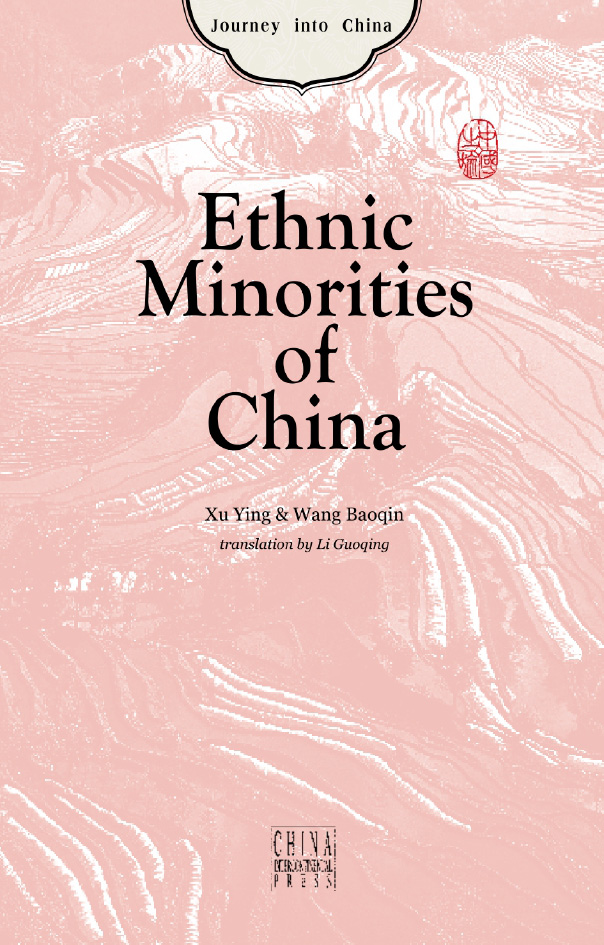
Contents
Nomadic Life on Grasslands
The Three Necessary Skills of Mongolian Men
The ancient Urtiin duu (long-song)
Fishing in All Seasons
Fish-Skin Clothes and Birch-Bark Boats
Merry Dog Sleds
Home of Hockey
Shaman: A Bridge to the Supernatural
Following Reindeer Anywhere
Birch-Bark Fascination
The Singing and Dancing of Twelve Muqams
Beautiful Costumes
Delicious Food on the Silk Road
The Popular Regong Art
Rainbow Costumes
Folk songs
Training Eagles in Mountains and on Grasslands
Musicians Who Play Dombera
The Exciting Game of "Girls' Chase"
Entering the Islamic Culture
Unique Islamic Constructions
Homeric Epic in ChinaManas
Beautiful Artwork of Tu xi tu ke
Countless Uses of Camel Hide
Age-Old Tibetan Buddhist Culture
New Looks of Old Tibetan Opera
Fascinating Costumes
Devout Buddhist Followers
Water-Splashing Festival
Elephant-Foot Drums
Singing across the Mountains
The Charm of Unique Drum Houses
Wind-and-Rain Bridges
Thousand-Year-Old Terraced Fields
Mushroom Houses
Chiming Silver Ornaments
Graceful Wax Printing
Elegant Pictures on Woven Brocade
Strange but Romantic Weddings
Grand Ceremony for Adulthood
Dongba CultureThe Naxi People's Encyclopedia
Watchtowers
Ancient Paths
Rope Bridges
Thunderous Drumming
Fascinating Dances
Joyful at Funerals
Weeping at Weddings
The Age-Old Nuo Opera
The Singing Festival
Brocade Embroidery
Raised Houses Sitting on Stakes
Tattoos about to Disappear
Dancing to Get Blessings
Colorful Clothes
Highly Spirited "Hair-Shaking" Dance
Twin-Cups Wine Offered with Utmost Sincerity
Ethnic Minorities of China
Today, the 56 nationalities, including the Han nationality, live on China's 9.6-million square kilometers of territory. Along with the Han people, these minorities have added to the profound Chinese civilization with their own fascinating cultures. Their beautiful costumes with unique accessories, diverse food customs, fascinating traditions, celebrations and history represent significant elements of Chinese civilization. Such diversity is the basis from which China, as a multi-national country, continues to develop. China's sustainable development and prosperity can also be ascribed to this diversity.
When you travel with us to the "homes" of these families of China, you will find their lives and customs endlessly fascinating and their cultures, ancient and mysterious. No matter where you're from, you won't fail to be charmed. Let's begin our journey now.
Preface
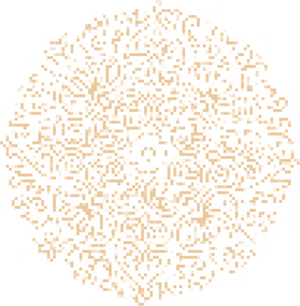
C hina has a long history behind it, the civilization being an important contributor to the evolution of mankind. China is also a multi-national country. The cultures of its ethnic minorities are vital components of Chinese civilization. Today, the 56 nationalities, including the Han nationality, live on China's 9.6-million square kilometers of territory. Although 55 ethnic minorities take up just 8.41% of the Chinese population, they are widely dispersed over 50% to 60% of the land, mostly on plateaus, grasslands or in forests.
The areas where the ethnic minorities live have beautiful sceneries: grand mountains, deep forests, huge rivers and lakes with abundant natural resources. Along with the Han people, these minorities have added to the profound Chinese civilization with their own fascinating cultures.
Among these minorities, 53 have their own languages, 21 have written ones, and almost all have their own religious beliefs and festivals. The 21 ethnic minorities included in this book represent different areas and different cultures of the minority groups living in China: the Tibetan, Qiang and Tu peoples on Qinghai-Tibet Plateau, the Daur, Ewenki, Hezhen and Mongolian peoples in north China, the Dai, Dong and Miao peoples in the south, and the Uygur, Kazak and Hui in China's west. Their beautiful costumes with unique accessories, diverse food customs, fascinating traditions, celebrations and history represent significant elements of Chinese civilization. Such diversity is the basis from which China, as a multi-national country, continues to develop. China's sustainable development and prosperity can also be ascribed to this diversity.
When you travel with us to the "homes" of these families of China, you will find their life and customs endlessly fascinating and their cultures, ancient and mysterious. No matter where you're from, you won't fail to be charmed. Let's begin our journey now.

Mongolian: The People on Horseback
 Nomadic Life on Grasslands
Nomadic Life on Grasslands
 The Three Necessary Skills of Mongolian Men
The Three Necessary Skills of Mongolian Men
 The ancient Urtiin duu (long-song)
The ancient Urtiin duu (long-song)
T he Mongolian people used to be one of the nomadic tribes on the grasslands in north China. In the early 13th century, the Mongolian people, led by Genghis Khan, unified all tribes on the Mongolian Plateau, and thus formed a group, the Mongolian nationality. Today, the Mongolian people in China mainly live in the Inner Mongolian Autonomous Region, and autonomous areas in Xinjiang, Qinghai, Gansu, Heilongjiang, Jilin and Liaoning5.81 million people in total.
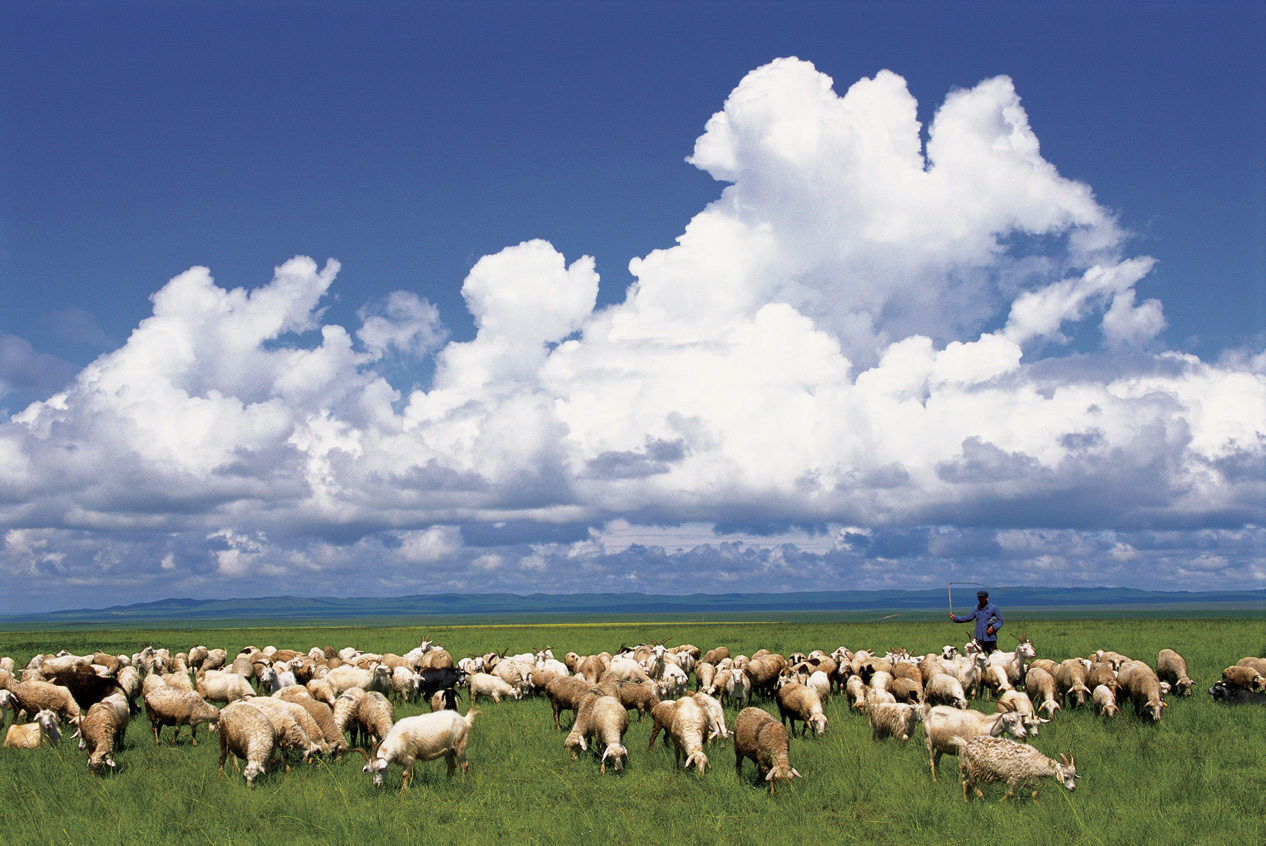
Flocks of sheep and cows roaming on grasslands are like white clouds floating in the sky.
The ancient Mongolian Plateau connects the Changbai Mountains and Heilongjiang River in the east, the Tianshan Mountains and the Tarim Basin in the west, the grand Siberian grasslands in the north and the Yinshan Mountains in the south. Geographically, the Mongolian Plateau has a dry grassland climate. As it is in China's north, which is high, cold, dry and snowy, the plateau is not suitable for farming. Yet the vast grasslands are ideal for developing animal husbandry. For this reason, animal husbandry has long been the foundation of Mongolian people, the best basis of their life. For hundreds of years, the Mongolians have lived a nomadic custom of migration of following the grass and water, leaving footprints in the country's many pastures. They lived in yurts that can be easily installed and dismantled. Now most Mongolians have settled down in brick or earthen houses, and grasslands tourism has become a passion.
Nadam , in Mongolian, means amusement and games. Every July or August, a Nadam festival is held on grasslands as an age-old custom, a sporting competition to display wrestling, archery and horseracing skills. These days, it has more contents and, in addition to a celebration for a good harvest, the festival incorporates trade activities. Traditional wrestling, archery and horse racing are still considered three necessary skills for Mongolian men to possess.
Next page
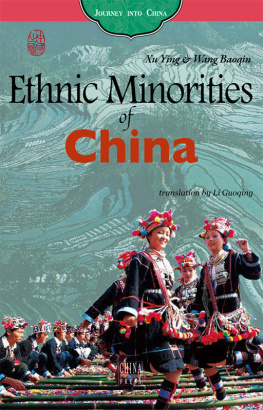


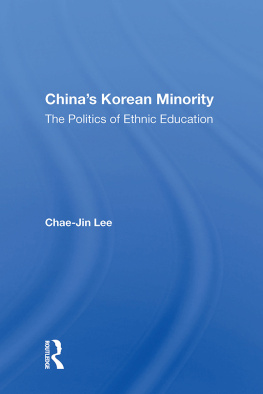
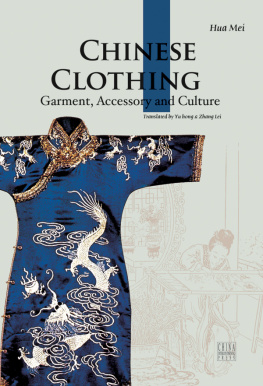
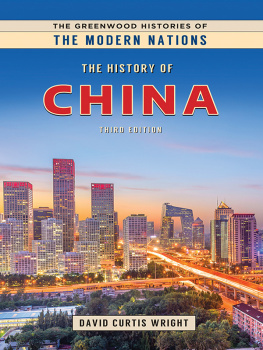
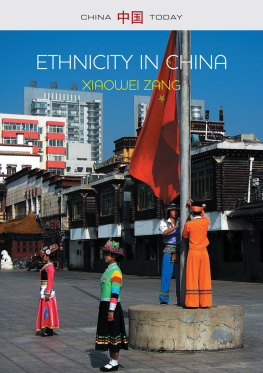
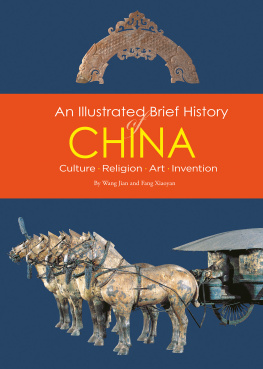
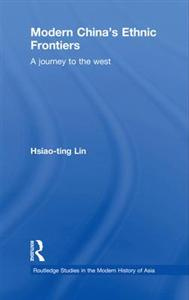




 Nomadic Life on Grasslands
Nomadic Life on Grasslands